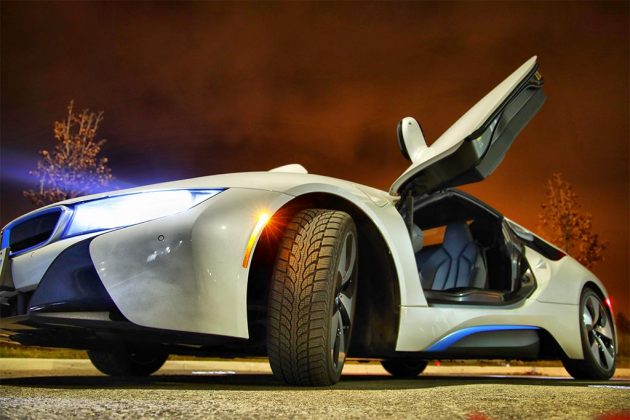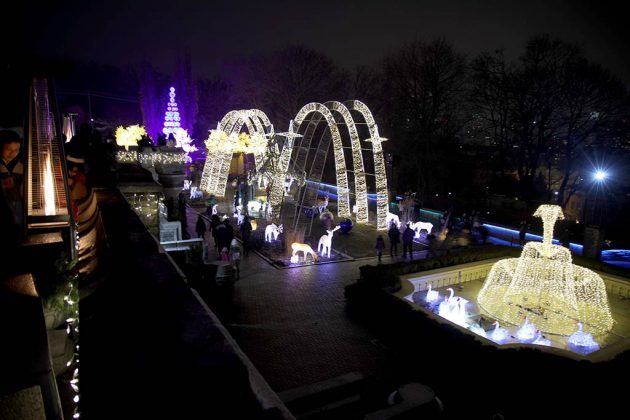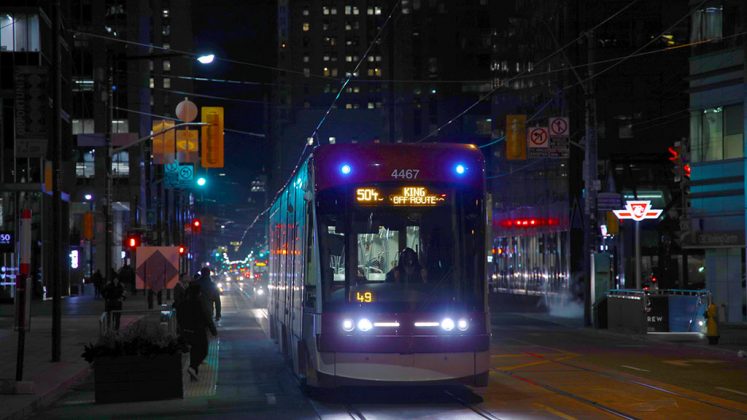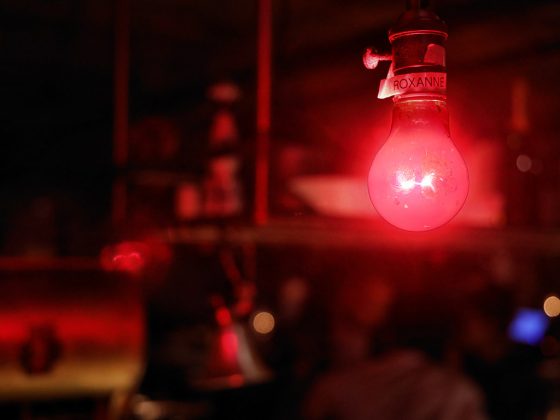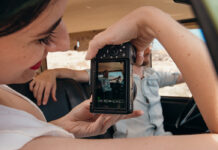
Canon finally entered the full-frame mirrorless race by debuting the EOS R, an interesting option for anyone looking to upgrade from an entry-level DSLR.
Those in the know on photography wondered when Canon would release a full-frame mirrorless camera, and it did take a while. The EOS R is the company’s answer to both Sony’s mirrorless lineup and Nikon’s Z6 and Z7 full-frame models. It’s hard to single out a Canon DSLR that inspired it because different elements borrow from various models.
This is a camera that’s supposed to stand out on its own. Sometimes excellent, other times perplexing, it’s a model that requires some time and patience to figure out.
Design and lens system
Like other mirrorless cameras, the EOS R uses an electronic viewfinder, and with some nipping and tucking here and there, you do get a slightly smaller body to hold than most Canon DSLRs. I’ve never had a problem with the company’s design philosophy, and found little to complain about here, too. Still, if you were hoping for a much smaller body, that’s not the case.
The only thing that irked me a bit was the weight. It was heavier than the Nikon Z7 and Sony A7 III, for example, The 24-105mm f/4 kit lens is also fairly hefty, with additional girth adding to the camera’s overall footprint. I did only get to test the EOS R with that lens, so using something else, like the 50mm f/1.2 lens could certainly change how it feels.
That’s partly the idea. Though the EOS R does use a different lens mount system in the RF mount, it can benefit from Canon’s long heritage of exquisite glass through the EF-EOS R Mount Adapter. Right now, RF lenses are limited. There are four total, though Canon promises more are coming this year.
Under the hood, Canon put in a 30.3-megapixel image sensor. At first, I thought it was the same as the EOS 5D Mark IV DSLR, but apparently not. The key difference I noted on paper was a higher number of focus positions (5,655 to be exact) on the EOS R, which you would assume would make this an autofocus beast.
I’ll get to that later, but one oddity I found was the lack of image stabilization (IS) in the body. In DSLRs, it’s usually built into the lens, but with mirrorless models, it can go in the body. The advantage of doing it is that it can apply to any lens you attach. It’s only more unusual considering two of the new RF lenses have no IS to begin with. Missing it in the EOS R’s body was one of the omissions that bothered me the most. It also would’ve been nice to have more than one memory card slot.
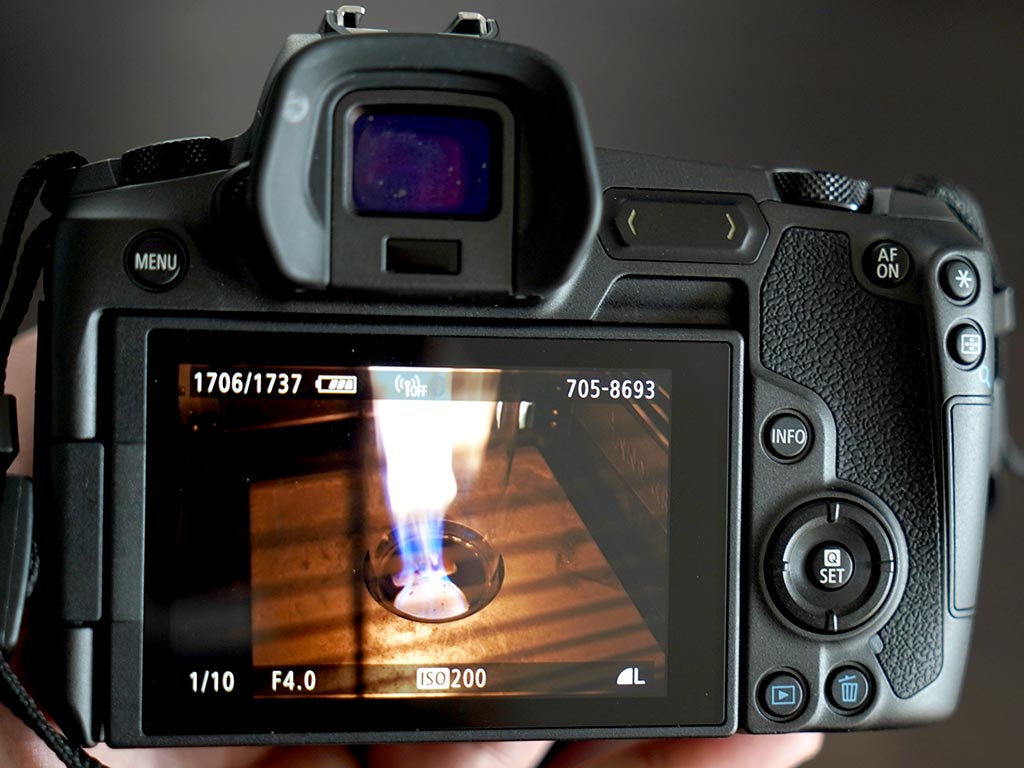
Learning the EOS R
Canon largely maintains the same button and LCD onscreen menu layout, so if you’re coming from another model, you should feel at home here. Even if you have a cursory knowledge, however, it takes time to learn where everything is. The EOS R is a deep camera, with plenty of options to customize how you shoot.
The electronic viewfinder (EVF) is nice and crisp, with decent eye-tracking autofocus (though it only works in single shot AF). You can shoot by tapping on the screen to focus, including an option to both focus and snap a shot at the same time. That screen also flips 180-degrees, which is great for selfie photos or video.
Button placement sticks to most of what Canon has already done on its DSLRs, but there are few things to learn. The function bar above the LCD is supposed to be a customizable slider for settings like white balance, shutter or aperture. It’s interesting, but I didn’t always find it ergonomic. A joystick similar to what the Sony A7 series has would’ve probably felt smoother.
I also wasn’t crazy about the scroll wheel for switching shooting modes. The only way I knew the mode was to look at the small topside screen. I’ve just always found it more convenient to have a physical dial to switch modes.
On the bright side, the sturdiness of the body makes the EOS R ready to go in different climactic scenarios. Be it a frigidly cold day or a balmy humid night, the camera is always ready to shoot.
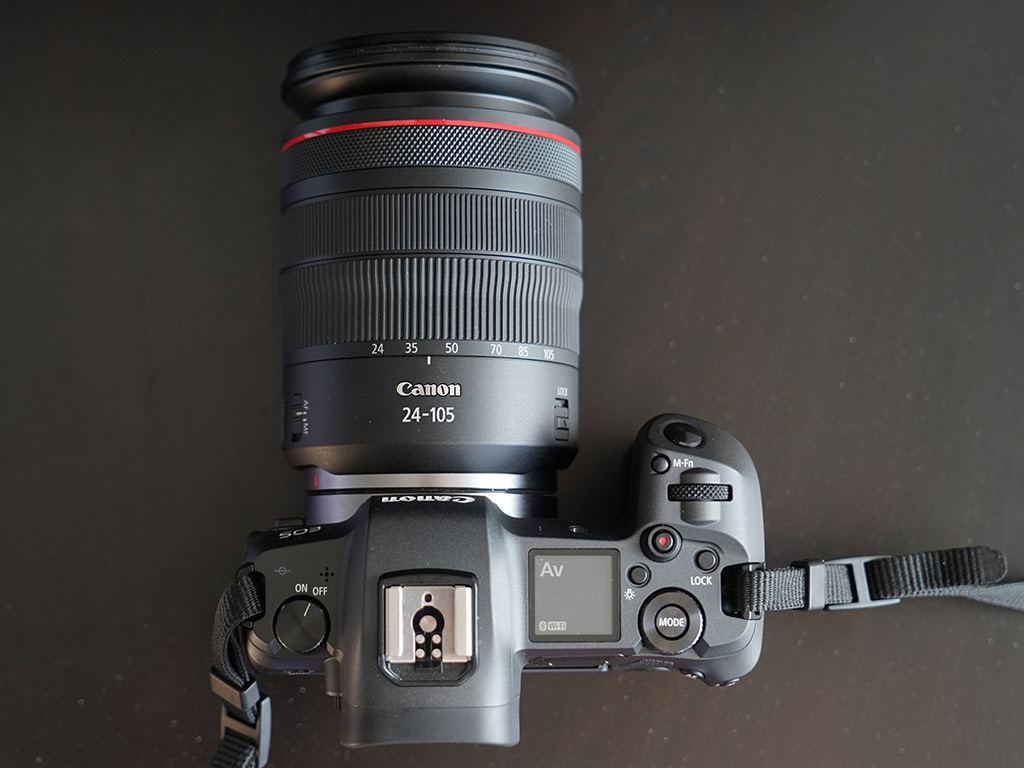
Photo quality
The autofocus system I noted earlier is almost ridiculously varied. There are 5,655 distinct points covering 88 per cent of the frame vertically and 100 per cent horizontally. It’s a crazy number, and overall focusing is quite good in a variety of situations.
However, I learned some caveats along the way. First, to lock on to a moving subject, the EOS R forced me to select it on the screen, not through the viewfinder. Second, low-light and night focusing was hit or miss, where lighting and angle could sometimes confuse what it was supposed to stick to. And third, burst shooting dipped noticeably once I shot with focus tracking on. I made sure to confirm the numbers, and you’re looking at 5fps. That’s down from the standard 8fps, but faster than the 3fps when using a mode called “tracking priority.”

Despite some of the nuances, getting great shots isn’t hard once you get the hang of the camera’s prowess. It delivers solid colour, sharpness and dynamic range, even with ISO levels up to 6400. I try to stay within a 200-1600 ISO range myself, but was nonetheless impressed I could go further.
I couldn’t help but wish I had a joystick to move the focus point around, though I managed decently without it. Moreover, I started touching the LCD to focus in cases where I didn’t want to contort myself to look through the EVF. Either way, I mostly liked what I got when shooting with the EOS R.
I also only got to test it with one lens. Had I been able to try it with one or two others, I would get a better scope of its performance. Compared to the Nikon Z7 and Sony A7R III, it faces stiff competition. Both those models beat the EOS R on resolution, but detail and softness is one of those things Canon has traditionally led in.
Video quality
Mirrorless cameras are critical for anyone looking to shoot video, and here’s where I had problems with the EOS R. Shooting in 4K maxes out at 30fps, 1080p at 60fps and slow-motion 120p at 720p. These aren’t commensurate with a camera at this price point, nor with what the competition is currently offering.
Not only that, but 4K video has a 1.7x crop factor, meaning you get a much narrower angle for your footage. Using a wider-angle lens can mitigate the effect, but a 24mm should feel pretty wide on its own. The crop factor makes it feel like it’s zooming in on the subject.
That’s not to say quality suffers, it’s just that you have to prepare differently for how you shoot. Plus, anything lower than 1080p for slow-motion video in a camera of this calibre is unacceptable, in my opinion. It’s a shame video feels constrained because the supporting features are there. You get the right microphone inputs, 10-bit recording and solid colour reproduction.
For those reasons, I suggest the EOS R primarily be a still photo camera, with video as a secondary consideration.
Battery life
Canon rates the EOS R at 370 shots per charge, which is an average because it depends on what you’re doing. Rely heavily on the EVF and LCD touchscreen, and you may barely crack 300. Use the EVF only when it senses you peering through it, and you can probably crack 400 without breaking a sweat.
If you plan on going nuts with a camera like this, a backup battery would be a good idea. Interestingly, Canon used the same size and type battery for the EOS R that it previously used for some of its DSLRs. If you have one that fits, you already have a backup.
Final thoughts
The EOS R is totally different from what Canon has already done with mirrorless cameras. This is a full-frame model intended for people who care about where, what, why and how they shoot. I already mentioned that it’s more ideal for still photographers, but I’m adding existing Canon owners to that, too.
It’s hard for me to recommend this over the Nikon Z6/Z7 or the Sony A7R III (or A7 III) because they just felt more versatile to me. But if I had a bunch of Canon lenses lying around, I’d have to give the EOS R a hard look.
The Canon EOS R is available now in body only or with the 24-105mm lens.


